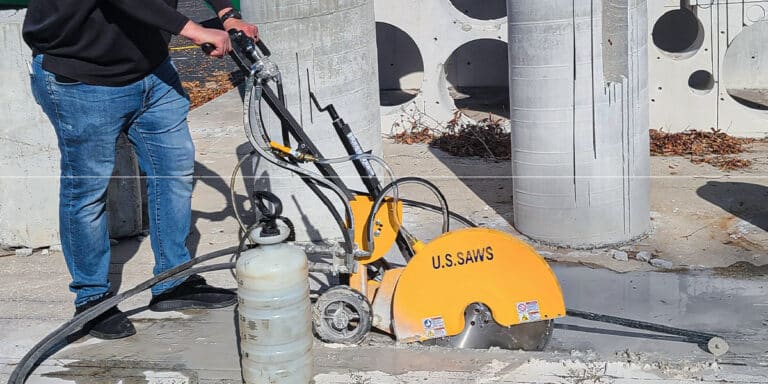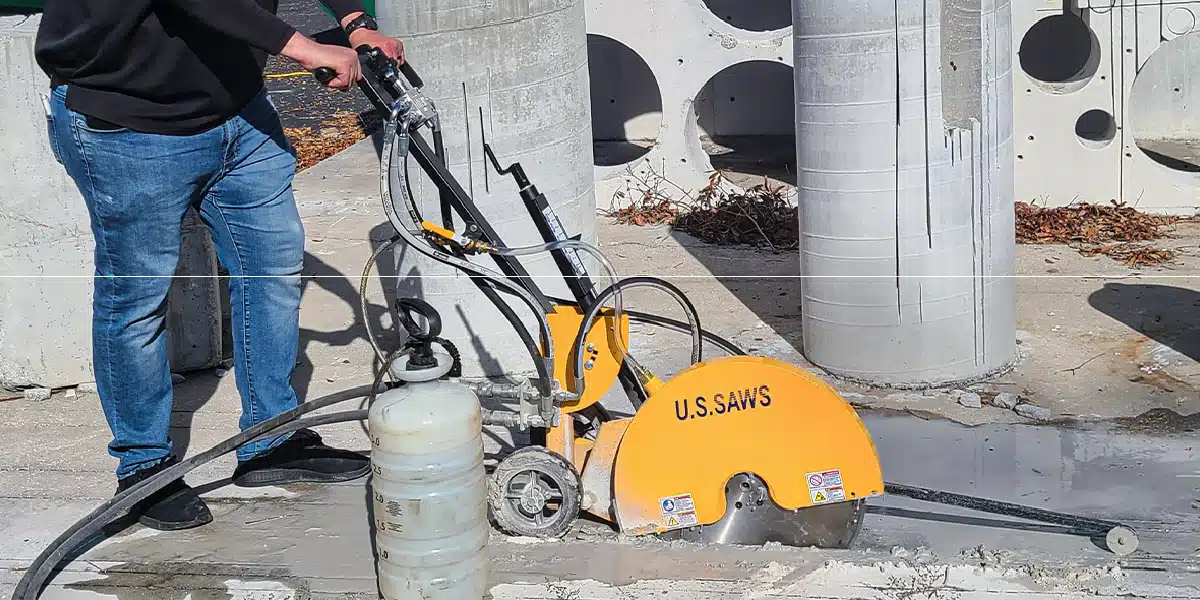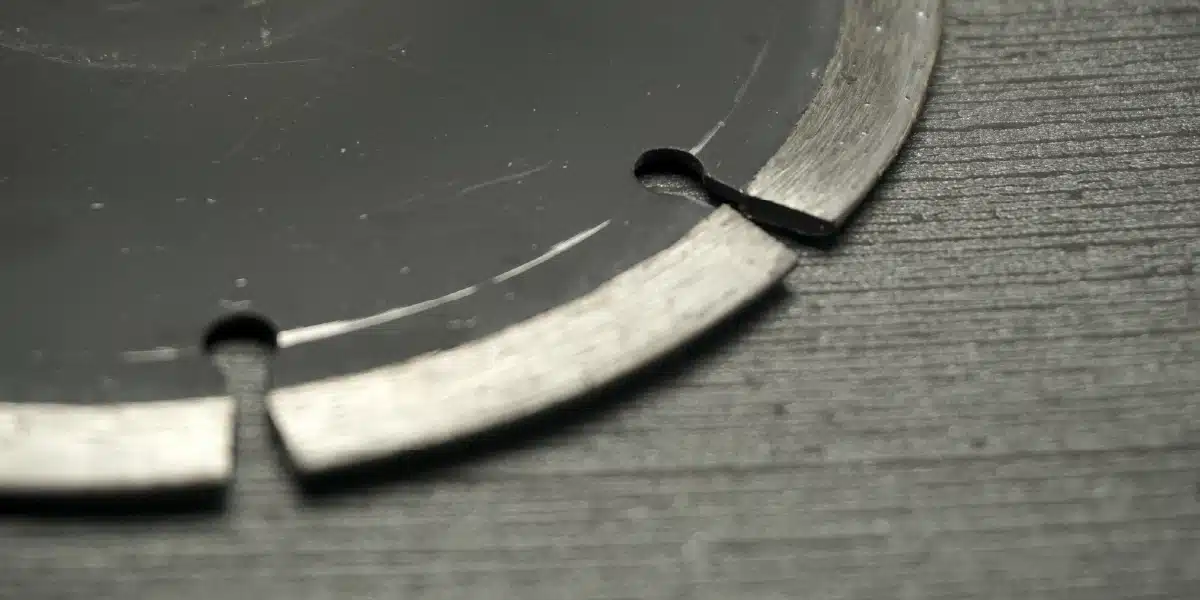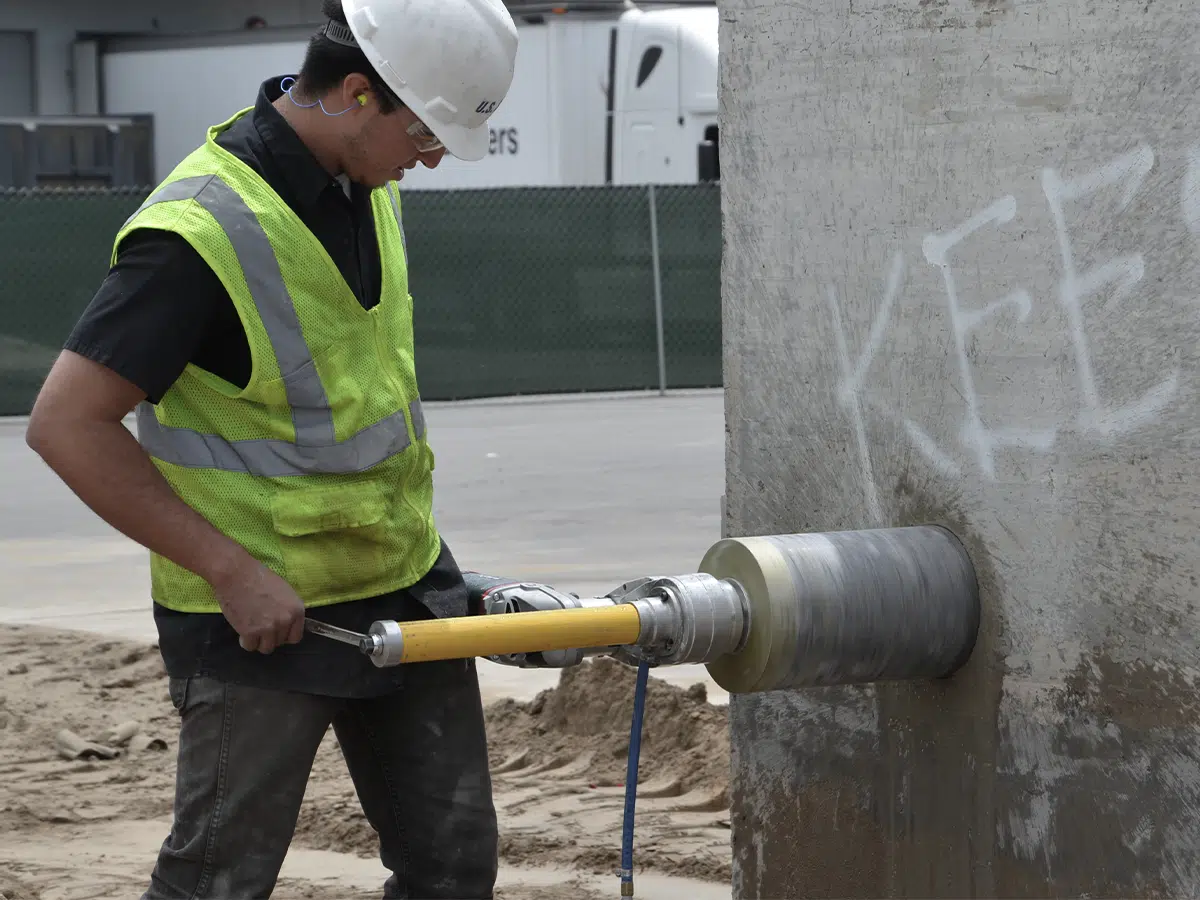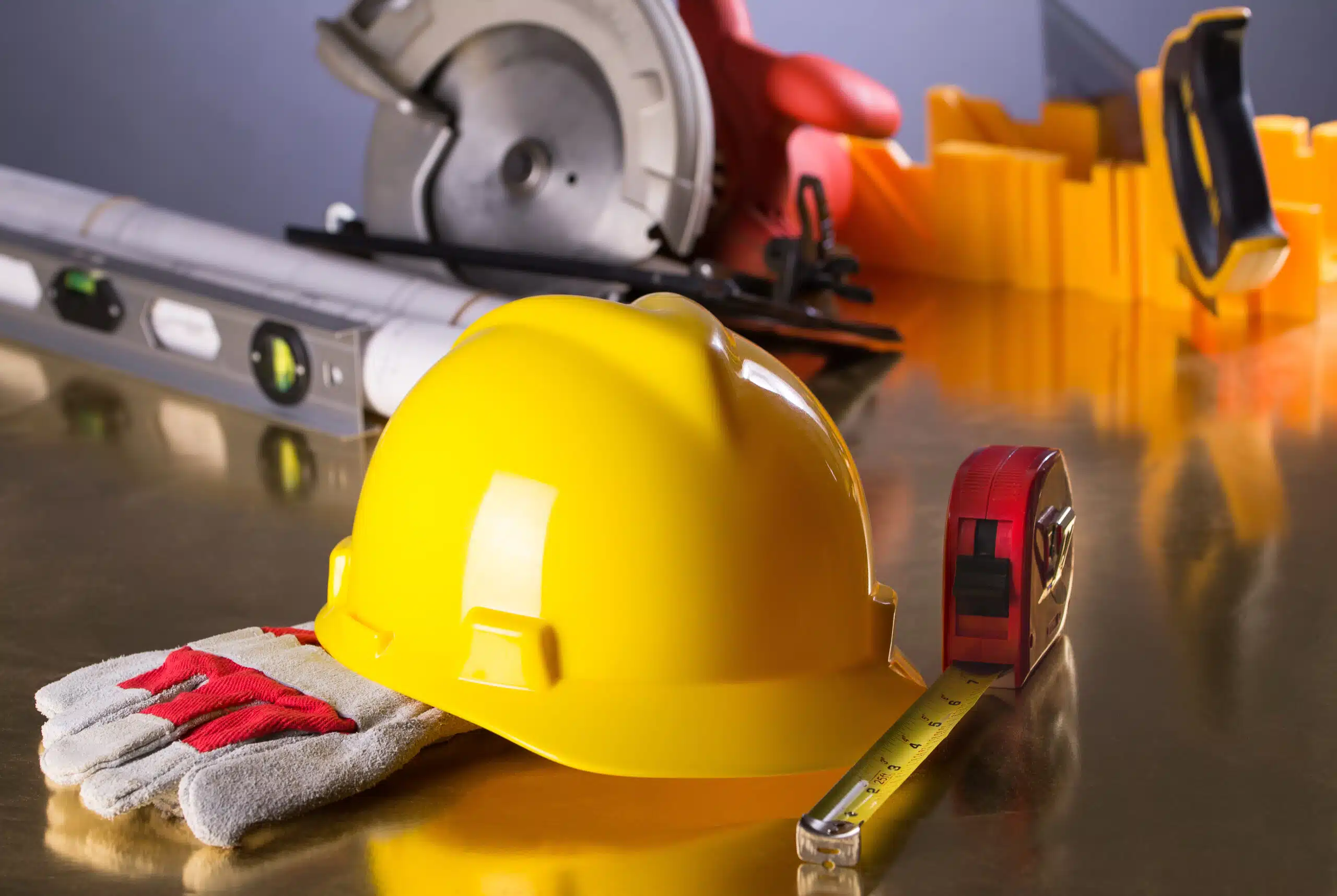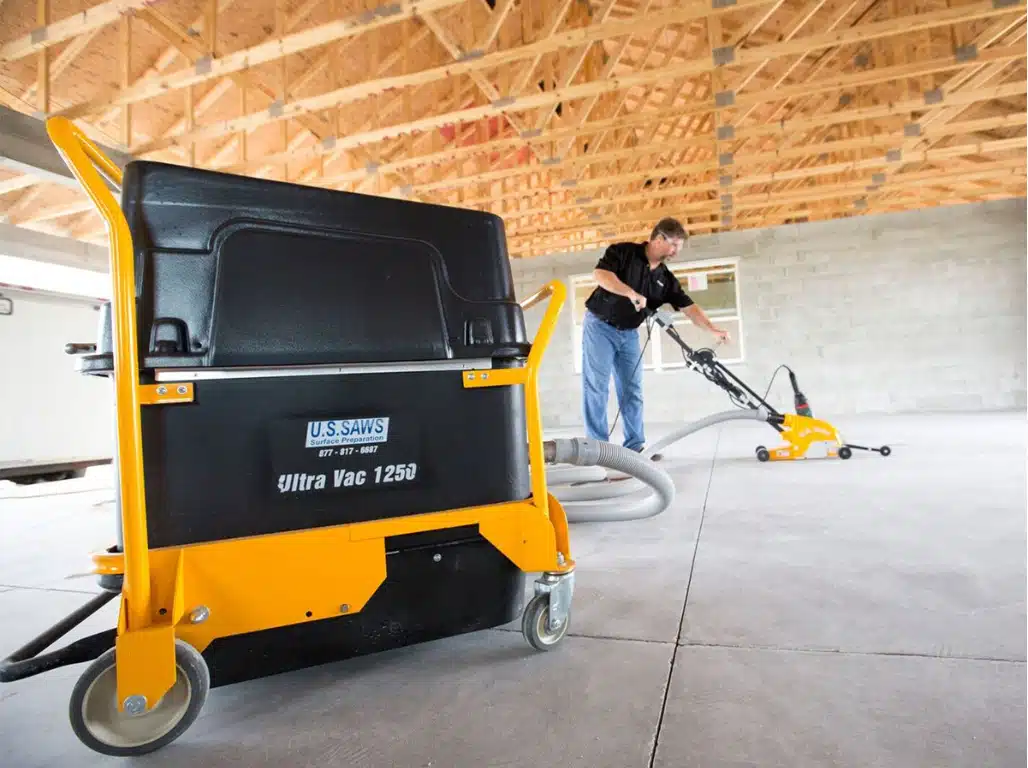A walk behind saw is one of the most essential tools for those who need to cut through sidewalks, roads, driveways, or large concrete slabs. Unlike smaller handheld models, a heavy duty walk behind saw is designed for long, deep, and precise cuts. Contractors rely on these saws for everything from expansion joints to patch repairs, and their efficiency makes them a staple on construction sites.
What Is a Walk Behind Saw?
A walk behind saw for concrete is a large cutting machine mounted on wheels that allows the operator to guide the saw steadily across a surface. Powered by gas, diesel, air, hydraulic, or electricity, these saws use diamond blades or other specialized saw blades to cut through concrete, asphalt, stone, and other hard materials. Because of their stability and cutting depth, walk behind saws are the preferred choice for heavy-duty jobs where handheld tools fall short.
How a Walk Behind Saw Works
The power of a concrete walk behind saw comes from its motor and blade combination. Most saws use water to cool the blade and reduce harmful silica dust while cutting, which is an OSHA requirement for many applications. By adjusting the depth controls, operators can make cuts up to 7.5 inches deep, depending on the blade size and model.
Contractors often describe these machines as “push saws” because the blade pulls the saw forward during cutting, while the operator guides it smoothly along the cut line.
Benefits of Using a Walk Behind Saw
There are multiple benefits of using a walk behind saw, including:
- Deeper cuts: A walk behind saw for concrete can reach depths handheld saws cannot, making it ideal for thick slabs and pavement.
- Cleaner lines: The weight and stability of the saw reduce vibration, ensuring straighter cuts.
- Efficiency: Projects are completed faster compared to using multiple passes with a smaller saw.
- Less operator fatigue: Because the machine carries its own weight, operators exert less energy than with handheld tools.
Common Uses for Walk Behind Saws
Walk behind saws are a versatile tool. However, these tools are most often used for difficult jobs, including:
- Cutting expansion joints in newly poured concrete.
- Repairing or removing damaged sidewalks and driveways.
- Cutting trenches for plumbing, electrical, or utility installation.
- Roadwork and asphalt patching.
- Industrial flooring in warehouses and factories.
How to Use a Walk Behind Saw Safely
Knowing how to use a walk behind saw correctly is critical for both performance and safety. OSHA emphasize several key safety measures:
- Wear proper PPE: Safety glasses, gloves, ear protection, and a respirator or dust mask if dry cutting .
- Control dust: Use wet cutting whenever possible to minimize exposure to silica dust .
- Check the blade: Always use the correct blade for the material, and never operate a saw with a damaged blade.
- Operate steadily: Start the saw, open the water valve, lower the blade slowly into the surface, and guide the machine without twisting or forcing direction.
- Ventilation: Only use fuel-powered saws outdoors or in well-ventilated spaces to prevent carbon monoxide buildup.
Following these precautions ensures safe operation and compliance with OSHA standards for power tools and silica exposure .
Choosing the Right Walk Behind Saw
When considering a walk behind, you should evaluate:
- Power source: Gas or diesel models for outdoor heavy-duty work, electric models for indoor jobs.
- Blade compatibility: Match the saw to the correct diamond blade type for the material.
- Cutting depth: Consider the maximum depth required for your projects.
- Jobsite conditions: Indoor/outdoor environment, dust regulations, and ventilation.
U.S. Saws offers a range of heavy duty walk behind saws for sale built to meet the demands of today’s contractors.
Frequently Asked Questions About Walk Behind Saws
What is a walk-behind saw?
A walk-behind saw is a large cutting machine on wheels that allows an operator to cut concrete or asphalt with stability and precision.
How deep can a walk-behind saw cut?
Most walk-behind saws cut between 7 and 24 inches deep, depending on blade size and power.
How do you start a walk-behind concrete saw?
Start-up varies by model, but generally involves checking the blade, ensuring fuel or power is connected, engaging the water system, and lowering the blade slowly into the surface. Always follow manufacturer instructions.
What is a rotating saw called?
A rotating saw is commonly called a circular saw. With a diamond blade, circular saws can cut concrete, though deeper cuts require a walk behind saw.
Final Thoughts on Concrete Walk Behind Saws
A walk behind saw is the contractor’s choice for durability, depth, and precision. From sidewalks to roadwork, these machines save time, reduce operator strain, and deliver professional results.
If you’re considering adding one to your toolkit, explore U.S. Saws’ collection of walk behind saws for sale and diamond blades to find the right solution for your next project.
